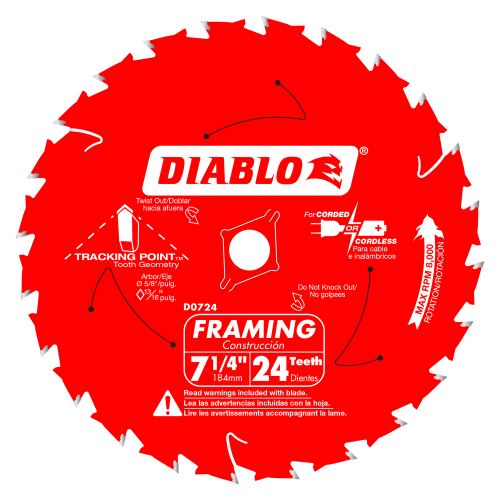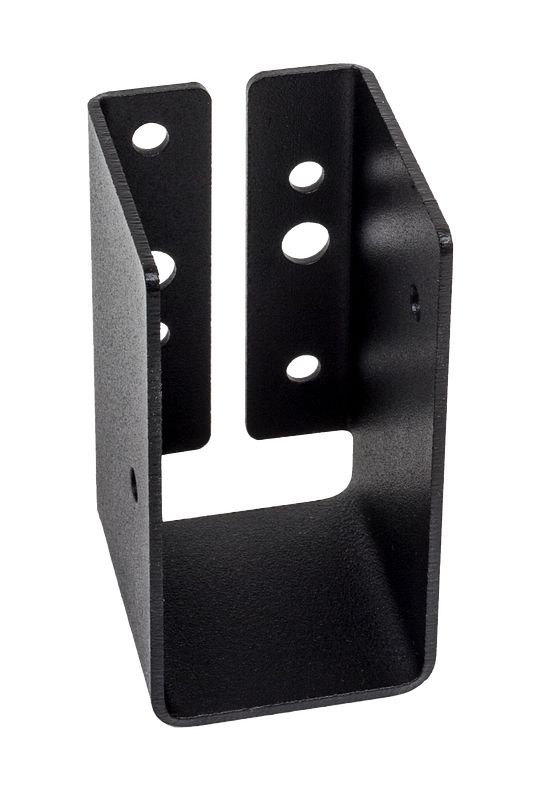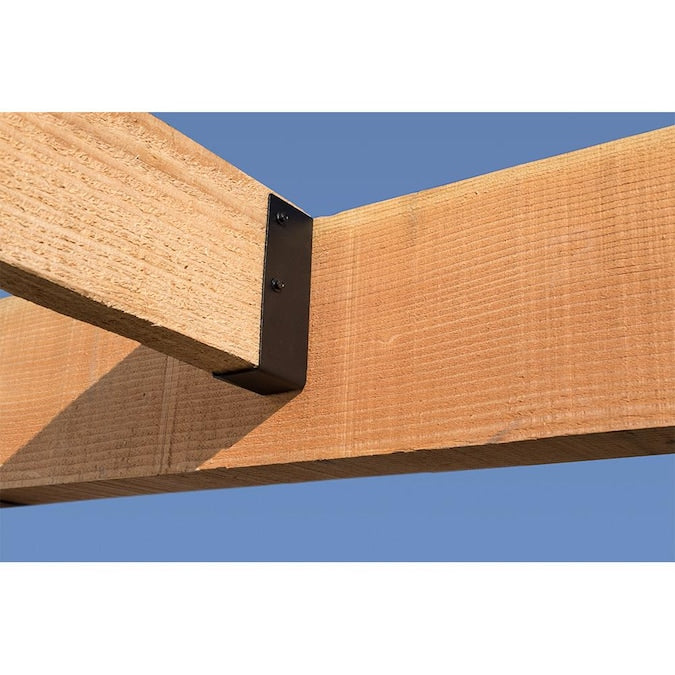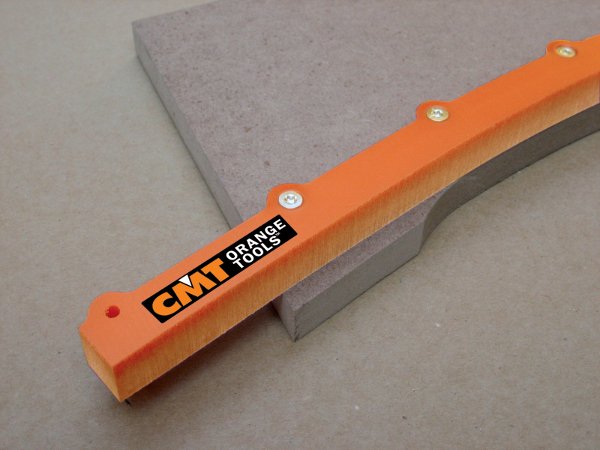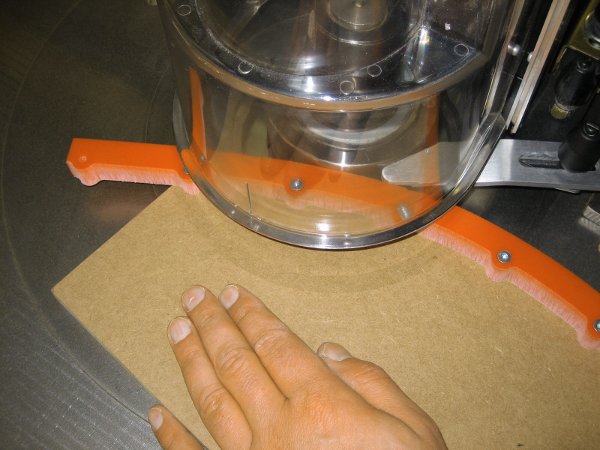Timber connectors play an essential role in carpentry and construction, binding pieces of wood together to form solid and lasting structures. From simple woodworking projects to complex architectural designs, these connectors ensure stability and integrity. Let us explore the different types of timber frame connectors and their specific applications in the world of woodworking.
Significance of Timber Connectors in Construction
In the realm of construction, timber connectors are the unsung heroes. They act as the bridge between separate wooden pieces, ensuring a tight bond that can withstand external pressures. By guaranteeing a firm connection, they maintain the overall strength of a structure, whether it's a tiny wooden stool or a massive house.
Varieties of Timber Frame Connectors
Plate Connectors: These flat metal plates are punched with multiple holes, allowing for nails or screws to pass through. Predominantly used in truss constructions, they bind the timber pieces efficiently, distributing the load across the connection.
Metal Brackets and Hangers: Often hidden from sight in finished constructions, these connectors offer robust support, especially in corners or where beams intersect. They cater to various load requirements, from light to heavy, and provide enhanced stability.
Joist Hangers: Specifically designed for supporting floors and ceilings, joist hangers secure horizontal members, known as joists, to vertical supports like beams or foundations. They ensure the weight of the floor or ceiling is evenly distributed.
Post Bases and Caps: These connectors play a crucial role in attaching vertical posts to bases or connecting beams to posts at the top. Doing so provides a stable foundation and prevents wood from direct ground contact, extending the structure's lifespan.
Angle Brackets: Used mainly in framing and deck constructions, angle brackets offer a versatile solution for joining wood at various angles. They provide a quick and efficient method to secure corners and intersections.
Choosing the Right Connector for the Job
Not all timber connectors are created equal. Each has a unique design suited for specific tasks. One can select the perfect connector for any project by understanding its strengths and uses. For instance, while plate connectors excel in truss constructions, joist hangers shine in floor and ceiling support. Making the right choice ensures not only the longevity of the structure but also its safety.
The Evolution of Timber Connectors
Over the years, the design and functionality of timber connectors have evolved considerably. Modern connectors now incorporate advanced materials and designs, catering to the diverse needs of contemporary construction. This evolution reflects the growing understanding of structural dynamics and the constant pursuit of better and safer building techniques.
Installation Matters
Having the best timber frame connectors is just one piece of the puzzle. Proper installation is equally crucial. It's imperative to follow manufacturer guidelines, use the correct fasteners, and ensure the wood is appropriately treated and prepared. An incorrectly installed connector can compromise the entire structure, negating the benefits of even the most advanced connector.
Incorporating Simpson Strong-Tie Connectors for Enhanced Durability
In the expansive world of timber connectors, Simpson Strong-Tie connectors have carved a distinct niche. Their reputation for quality and reliability makes them a favorite among professionals and hobbyists.
Their specialized designs catering to various construction requirements set Simpson Strong-Tie connectors apart. Whether working on an outdoor decking project or reinforcing an indoor wooden frame, a specific connector from their range fits the bill. Each product undergoes rigorous testing, ensuring it meets the highest standards of strength and durability.
Simpson Strong-Tie connectors are not just about strength but also about responsible manufacturing. Many of their products are crafted with eco-friendly practices, ensuring minimal environmental impact. This commitment to green practices means that while builders ensure the structural integrity of their projects, they're also playing a part in preserving the planet for future generations.


